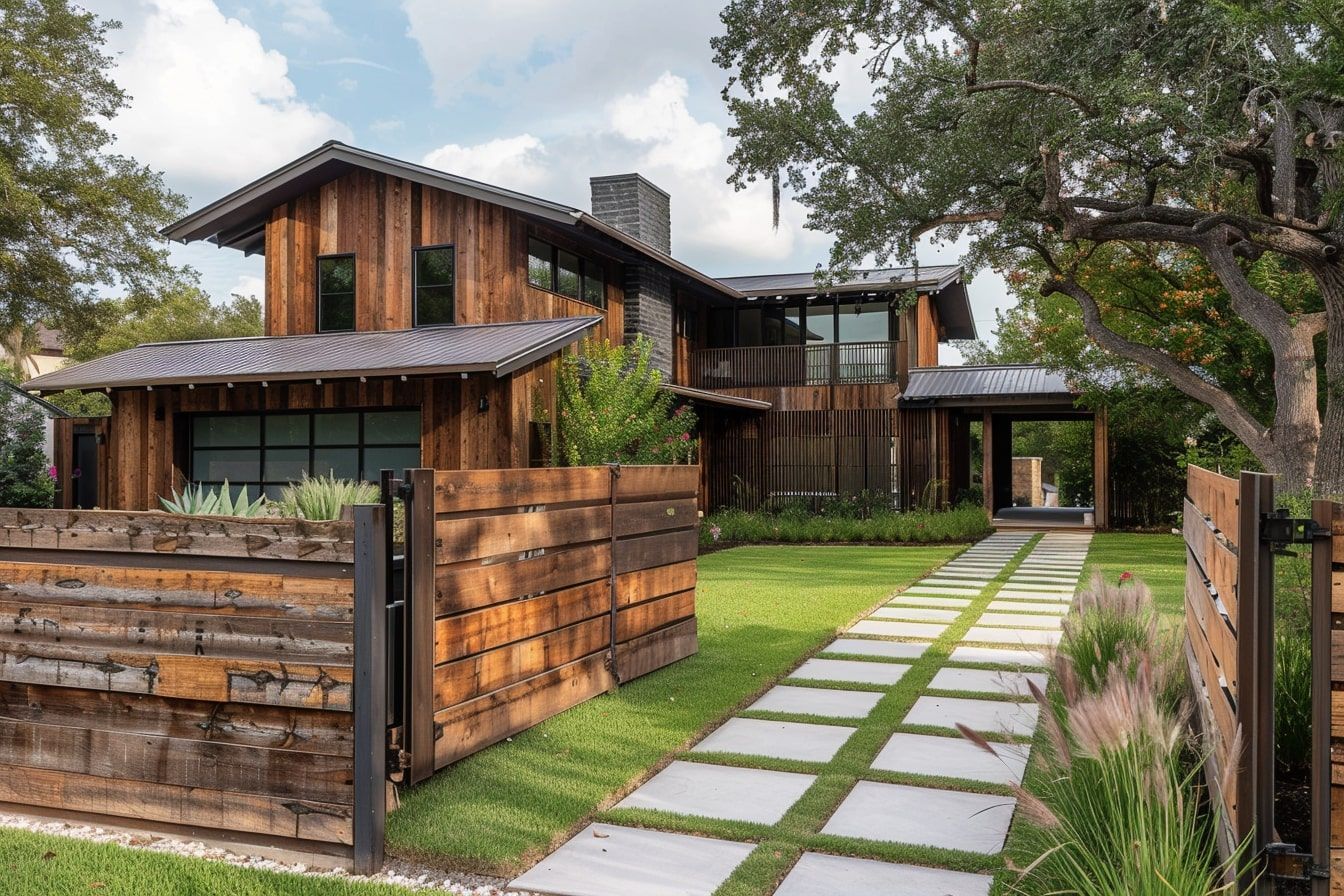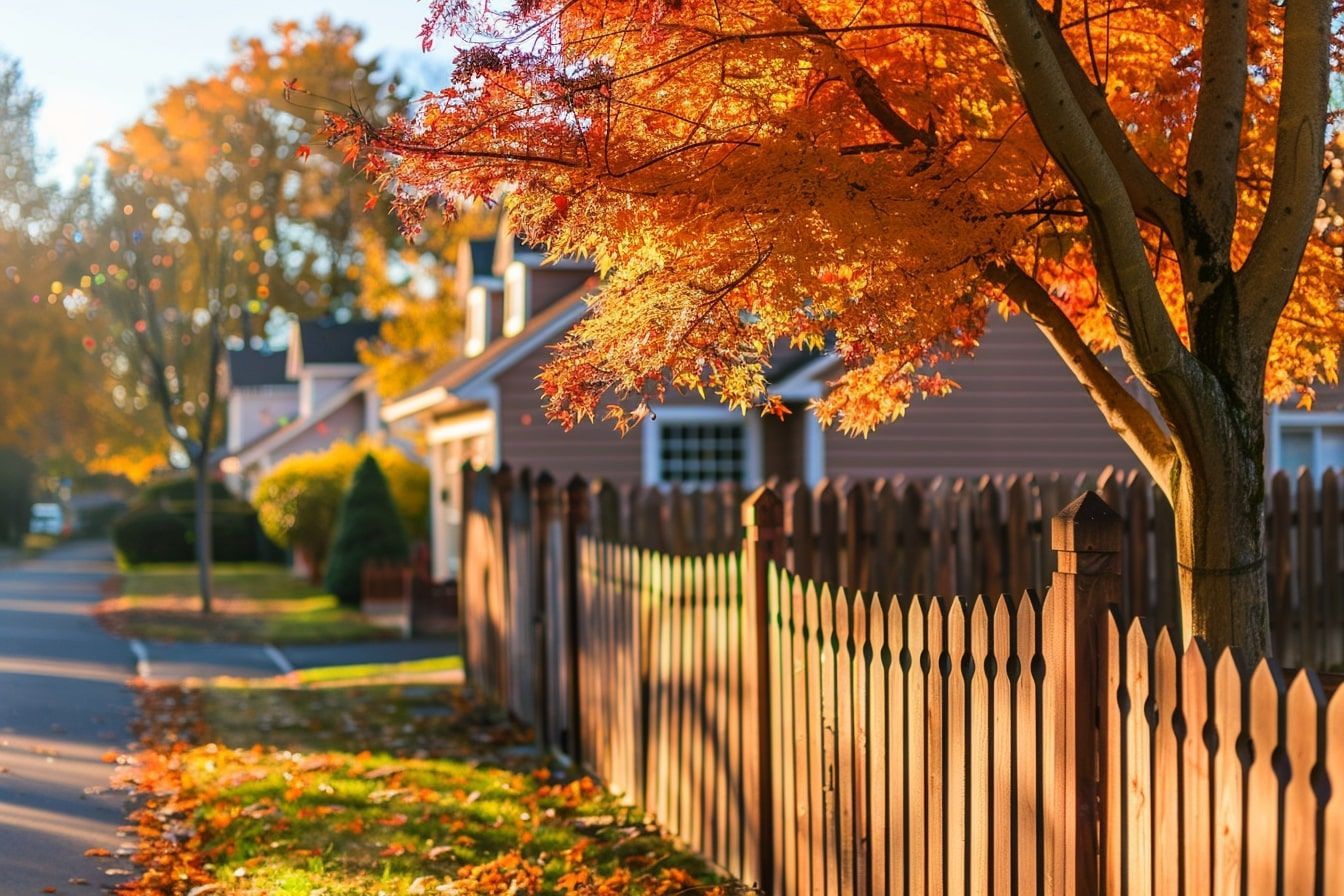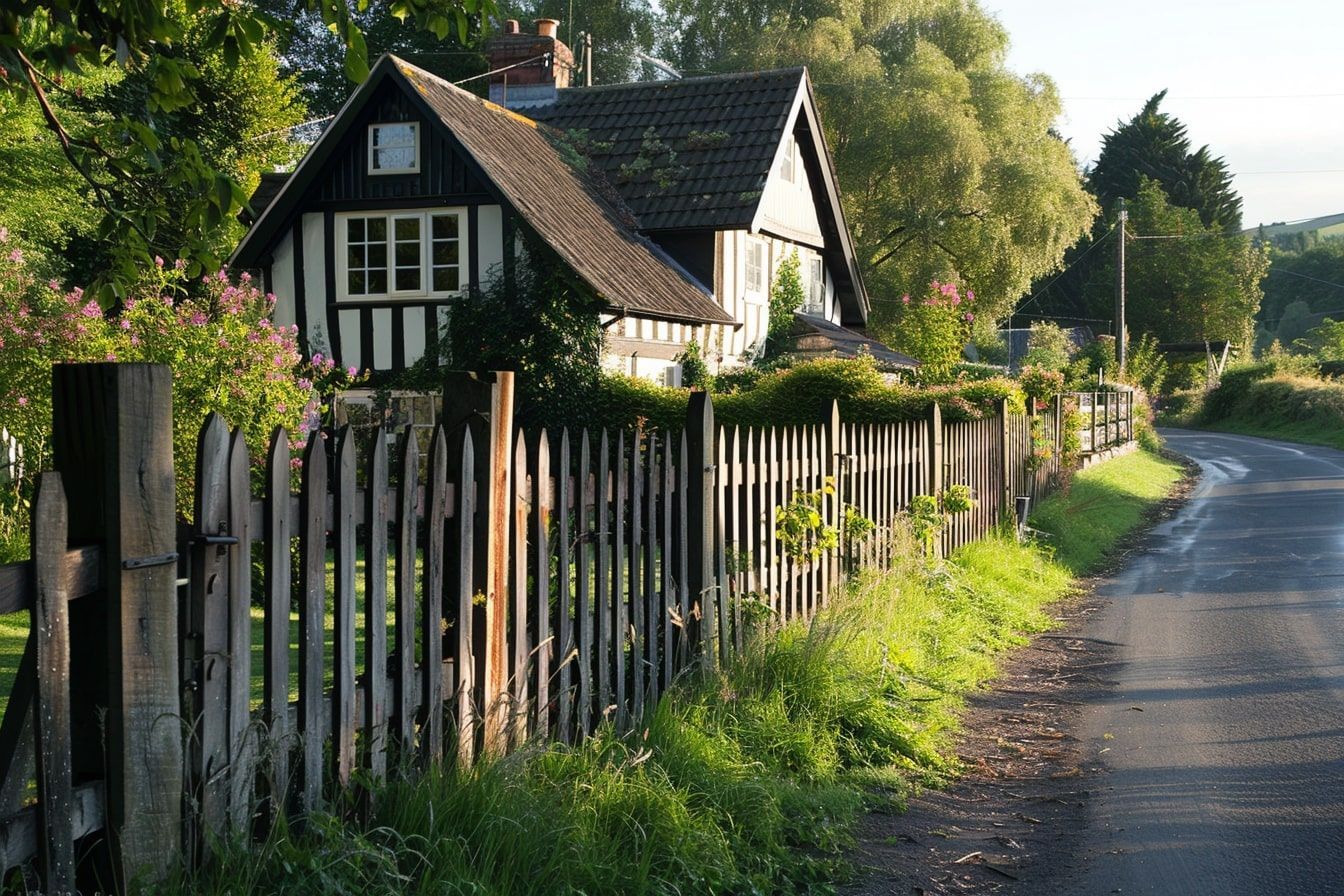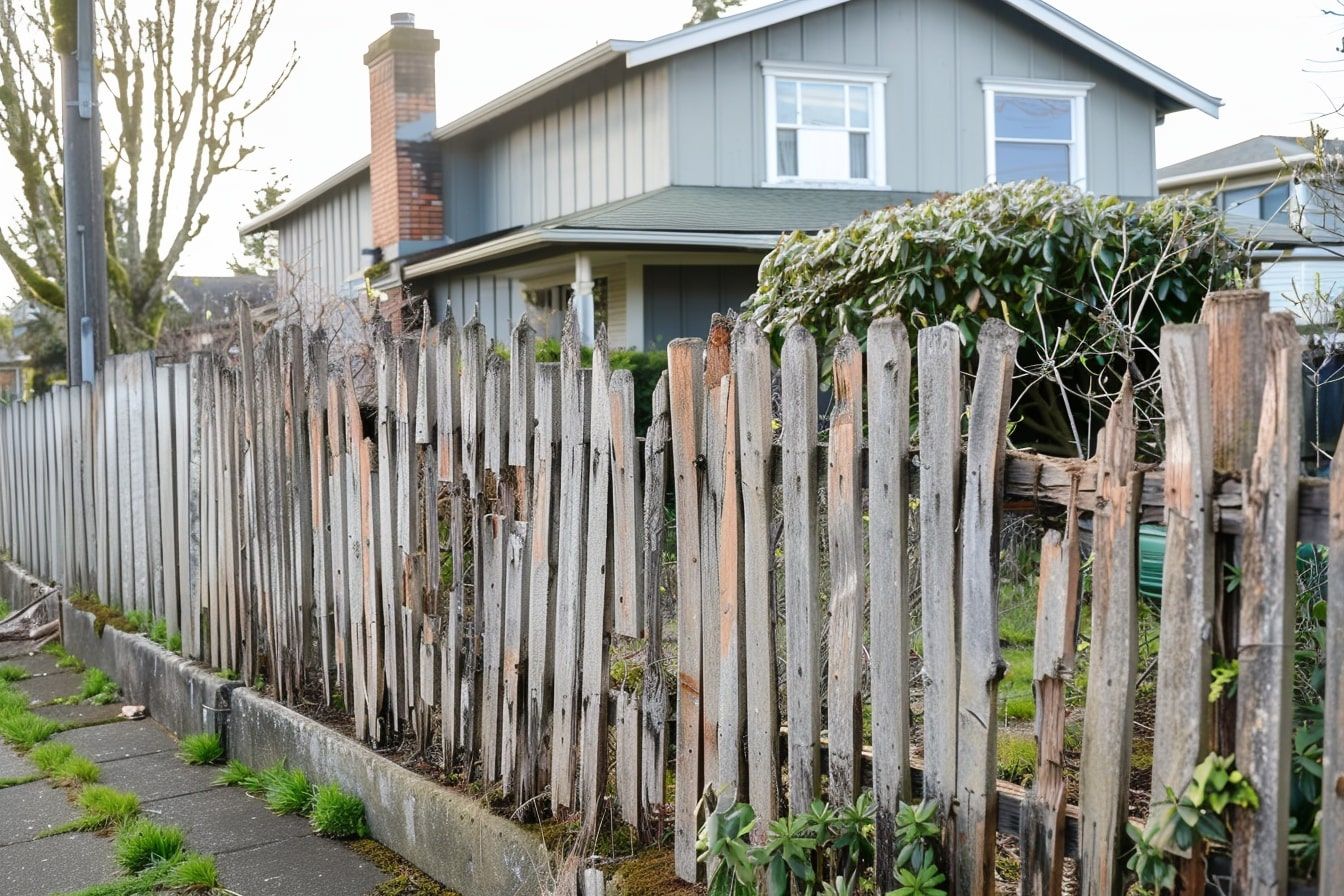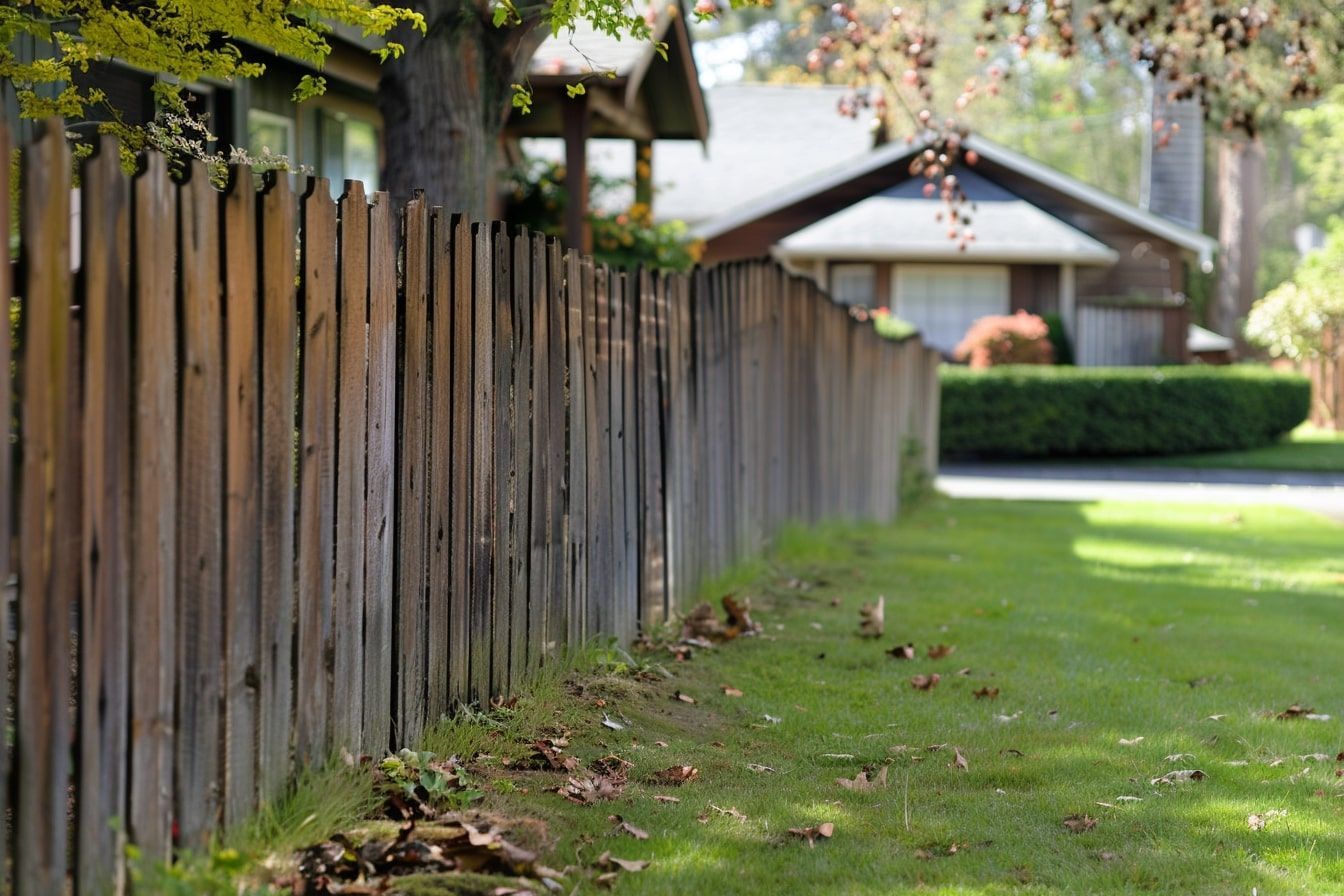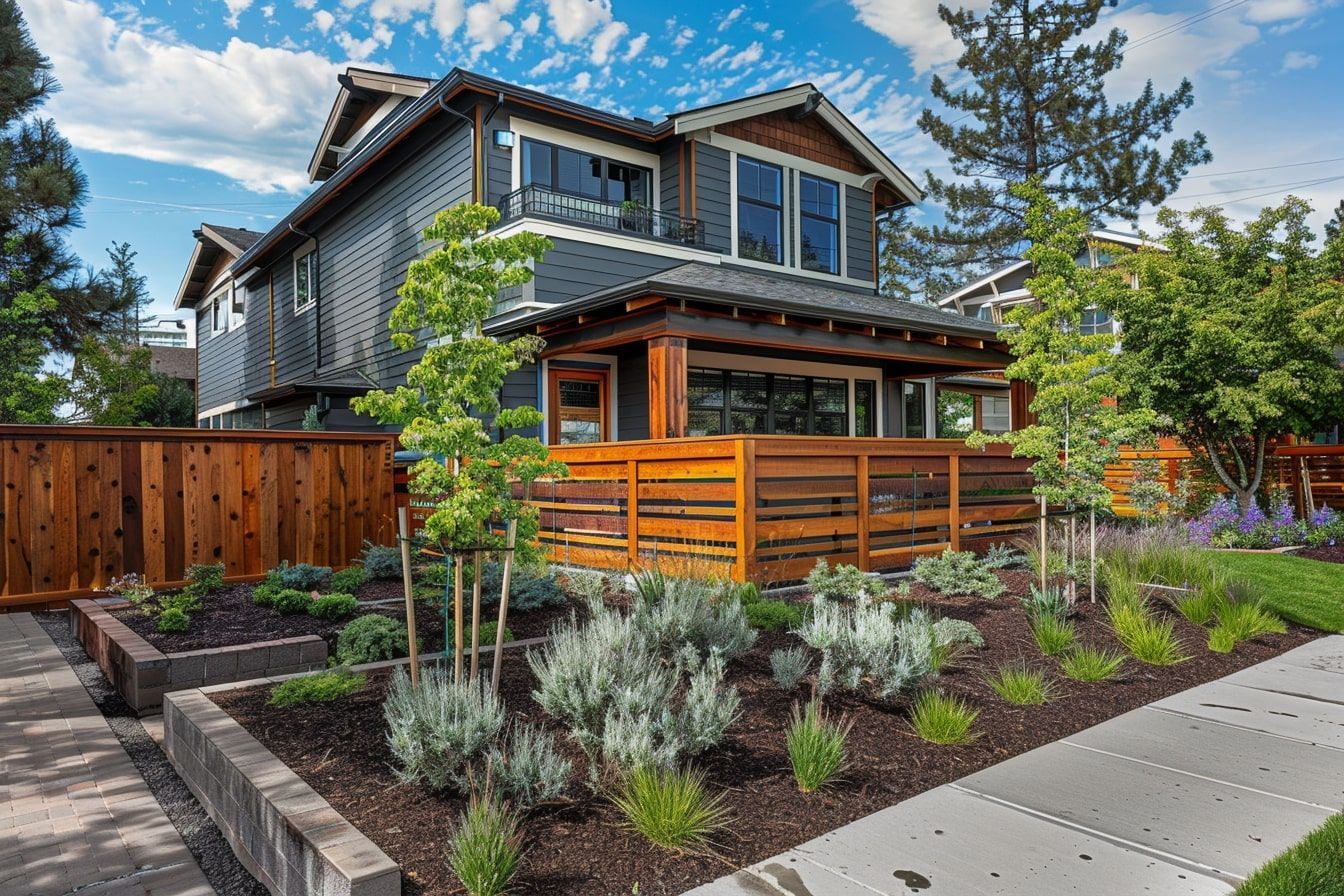The Importance of Proper Post Setting in Wood Fence Installation
Are Your Fence Posts Secure?
When it comes to wood fence installation, the stability and longevity of your fence heavily depend on how well the posts are set. Improper post setting can lead to a host of issues, from leaning fences to complete collapse. Are you confident in your post-setting techniques? This guide will walk you through the best practices and techniques to ensure your fence posts are set correctly, providing a stable foundation for your fence.
Why Proper Post Setting Matters
Foundation of Your Fence
The posts are the backbone of any fence, providing support and stability. Improperly set posts can compromise the entire structure, leading to costly repairs and potential safety hazards.
Long-term Durability
Proper post setting not only ensures immediate stability but also contributes to the long-term durability of your fence. Well-set posts can withstand environmental stresses, such as wind and rain, much better than poorly set ones.
Best Practices for Setting Wood Fence Posts
1. Choosing the Right Materials
Quality of Wood
- Use Pressure-Treated Wood: Pressure-treated wood resists rot and pest damage, making it ideal for fence posts.
- Select the Right Type of Wood: Cedar and redwood are excellent choices for their natural resistance to decay.
2. Preparing the Post Holes
Depth and Width
- Dig Deep Enough: Post holes should be at least one-third the length of the post. Typically, this means digging 2 to 3 feet deep.
- Wide Enough for Stability: Ensure the holes are wide enough to provide stability, usually about 3 times the width of the post.
3. Ensuring Proper Drainage
Avoid Water Accumulation
- Gravel Base: Place a few inches of gravel at the bottom of each hole to facilitate drainage and prevent water from pooling around the post.
- Slope the Concrete: When filling the hole with concrete, slope the top surface away from the post to direct water runoff.
4. Setting the Posts
Aligning and Leveling
- Use a Level: Ensure each post is perfectly vertical using a level.
- Temporary Supports: Use temporary supports to hold the post in place while the concrete sets.
5. Using the Right Concrete Mix
Strong Foundation
- Quick-Setting Concrete: Opt for quick-setting concrete for faster installation.
- Proper Mixing: Follow the manufacturer’s instructions for mixing the concrete to achieve the right consistency and strength.
Common Mistakes to Avoid
Skipping the Gravel Base
Failing to add a gravel base can lead to water accumulation, which weakens the post and causes rot.
Using Insufficient Concrete
Using too little concrete can result in unstable posts. Ensure the holes are filled to ground level for maximum stability.
Not Checking for Level
Even a slightly off-level post can lead to a crooked fence. Always double-check each post for vertical alignment.
Maintenance Tips for Long-lasting Fence Posts
Regular Inspections
- Check for Rot: Inspect posts regularly for signs of rot or damage.
- Ensure Stability: Wiggle each post to ensure it remains firmly set.
Protective Measures
- Sealant Application: Apply a sealant to protect the wood from moisture and UV damage.
- Proper Cleaning: Clean the posts periodically to remove dirt and debris that can harbor moisture.
Conclusion
Proper post setting is crucial for the stability and longevity of your wood fence. By following the best practices and avoiding common mistakes, you can ensure your fence stands strong for years to come. For professional assistance with your wood fence installation or to request a free quote, visit our website at RS Fence Installations. If you’re in Macomb or Oakland Counties, don’t hesitate to reach out to us for expert advice and services.
External Resources
- For more detailed instructions on installing a wood fence, visit Lowe’s Installation Guide.
- To explore various wood fence design ideas, check out HGTV’s Wood Fence Design Gallery.
- Learn about the environmental benefits of wood fences at The American Forest Foundation.
The post The Importance of Proper Post Setting in Wood Fence Installation appeared first on RS Fence Installations.
